Who does not know zebra [The Horse of the African Grasslands]
Zebra, The Horse of the African Grasslands
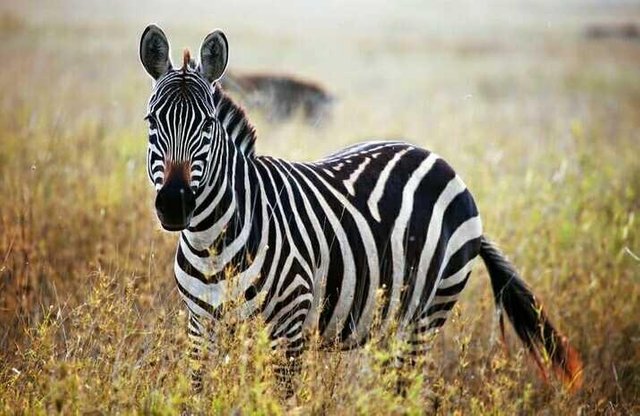

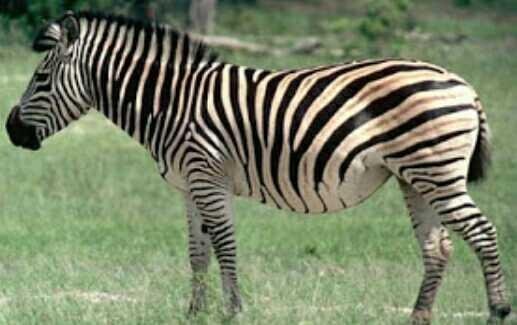
Who does not know zebra?
An animal that looks like a horse is easily recognizable by looking at his white body with a striped striped long stripes over his body. So famous the black and white color of the zebra to the extent that the crossing path to walk was named "zebra cross". Because of their physical resemblance, zebra & horses are still considered to be kinship so that in a scientific classification ladder, they are also categorized into the same genus: the genus Equus.
There are 3 species of zebras that have been identified by humans & still live today. The three species are common zebra (common zebra, Equus burchellii), the most abundant zebra (mountain zebra: Equus zebra) found in the highlands, & the Grevy zebra (Grevy's zebra; Equus grevyi) which is the largest in size compared to zebra others. All the zebra species can only be found on the African Continent where the habitat type they occupy is generally the grassland habitat.
Characteristic of the zebra of course is the color of his skin is black and white. There are several theories about the function of the dye. One popular theory states that the color of black stripes on the zebra helps disguise the zebra with the surrounding grasses & confuses the animals of its predators. Zebras are also thought to recognize each other by looking at their patterns because each zebra has a different arrangement of black lines. Later, one theory states that black and white in the zebra helps confuse horse flies, insects that like to suck the blood of mammals.
GROUPING FOR LIFE GOING
Some zebra & wildebeest tails
who were gathered at the edge
water springs.
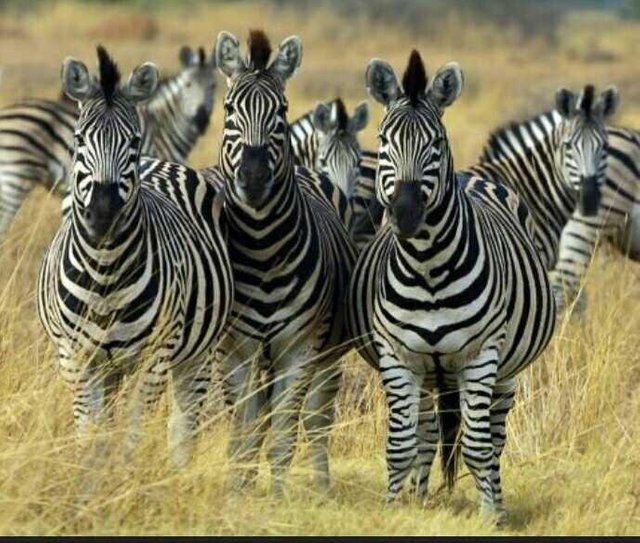

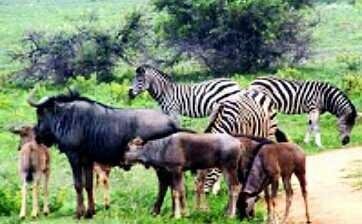
Like other African herbivorous mammals, zebras are social animals that live in small groups. There are two kinds of zebra groups that can be found in the wild. The first group consists of a male and several females and their children. Males served as group leaders & when the male left his group, the females in the group will remain together until a new male takes over the group. The second group consists of young males who are unmarried and usually only temporary.
One of the main benefits of group living for the zebra is to help defend against enemies that include hyenas, lions, and cheetahs. As a first step for self-defense, zebras choose habitats such as open grasslands because in addition to providing abundant grass for the zebra, such habitats also facilitate zebra to keep an eye on the surroundings. Zebra also often works with a group of wildebeest - African bulls - in which the two different groups of animals will warn each other when they feel the danger.
Contrary to common beliefs, zebra is not a helpless animal when faced with an enemy carnivorous animal & can defend itself by kicking or biting. When a group of zebra is attacked by a hyena or cheetah, the male zebra will attack the enemy to distract, while the females seek to seal to protect the zebra children. But if the zebra attack is a lion that in fact is physically bigger & stronger, then the zebra usually will outsmart by running away as fast as possible to make the lion tired. Zebra herds are also occasionally attacked by crocodiles while crossing the river.
Baby zebras together its parent.
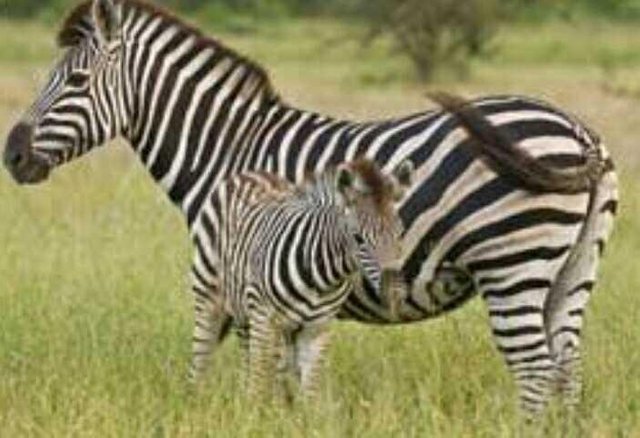

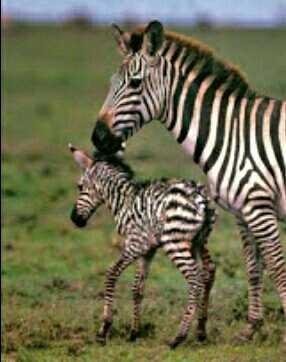
Zebra does not have a specific breeding season & can do any marriage at any time, but the peak of the zebra mating season usually occurs in the rainy season local time. The average zebra pregnancy lasts for a year. When the time comes to give birth, the zebra breeders will temporarily leave the group to give birth to their baby. Like a baby horse, a newborn zebra baby can stand up shortly after being born. The zebra parent will then breastfeed the child between 7 and 11 months later.
Male zebra seeds will leave the group at the age of 9 months. Female breeds can remain in their group, but they can also choose to leave their group and join other groups when they feel attracted to males from outside the group. Not infrequently to fight the females are still young & unmarried, the male zebra will fight each other. A zebra is known to reach sexual maturity at the age of 1.5 years and can live up to the age of maximum 40 years in captivity, but in the wild the maximum age they are generally no more than 9 years.
ZEBRA and Human
Although zebras have many physical resemblances & traits with horses, zebras are not much tamed by humans because zebra is easier to panic than horses. To outsmart, humans then marry zebras with horses or soybeans to get new animals that have zebra-like stamina & benign properties such as horses or donkeys. The result of different types of animal marriages is known as "zebroid". Like other types of marriage animals (hybrids), zebroids are infertile & a pair of mated zebroids will not produce offspring.
A pair of zebra near the car safari travelers.
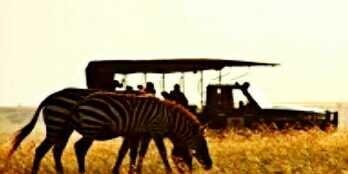
In the wild, zebra is also much hunted by humans. The reason humans hunt for zebra varies, ranging from for meat and feathers taken, targeted sport hunting, to be destroyed because it is considered as a competitor for livestock animals locals. As a result of over-hunting, in some places the zebra population has begun to reach an alarming stage. Several attempts have been made to restore the zebra population; some of which are implementing regulations that prohibit zebra hunting & create special sanctuaries for zebras. Later, zebra also began to be used as wildlife attractions of Africa by the forged countries
photography zebra injured
photography zebra Unique 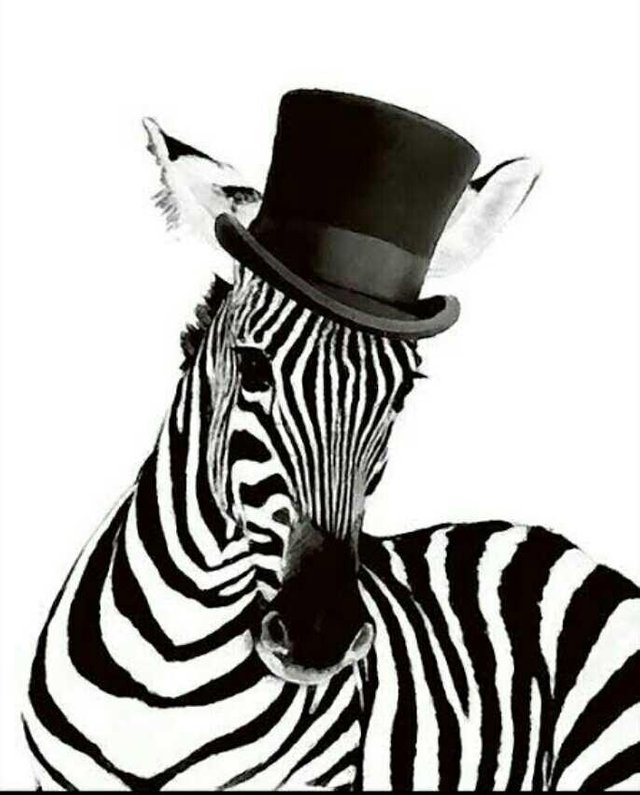
and funny 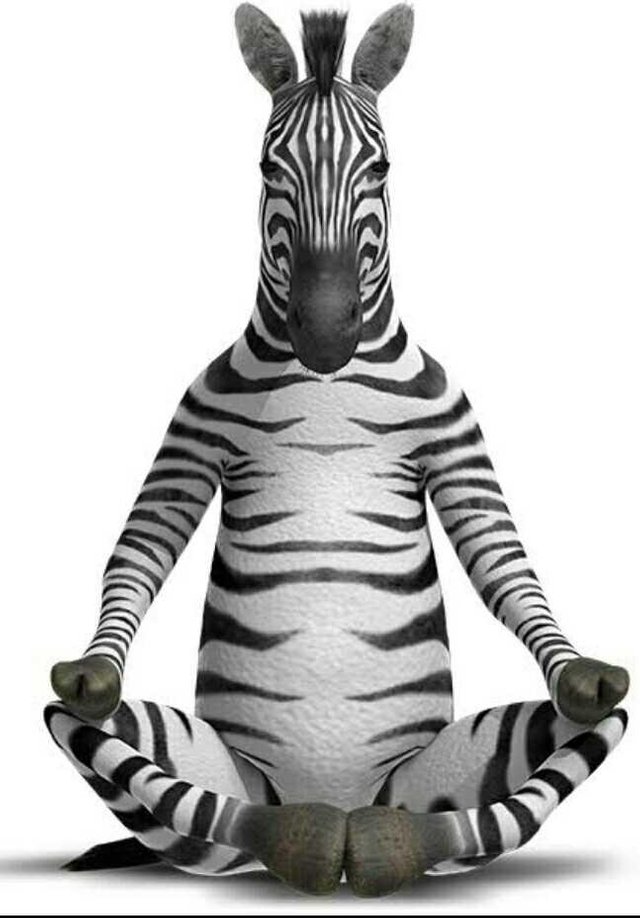
https://steemit.com/photography/@mawardy/they-are-cherry-blossom-grasshoppers-5490ea3f66378
hopefully entertained.
Thank you for visiting our blog, hopefully useful. 
🙏(regards @mawardi Al Faruqi

https://steemit.com/photography/@mawardy/they-are-cherry-blossom-grasshoppers-5490ea3f66378

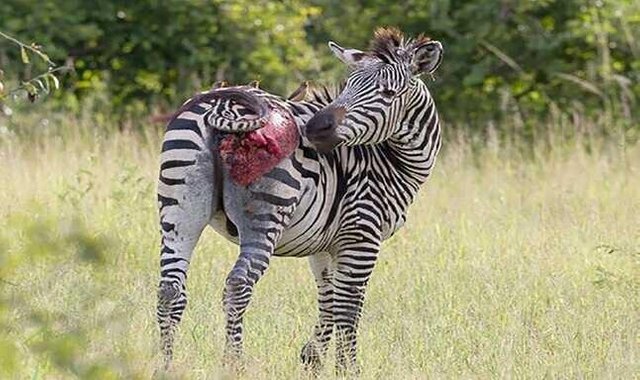
Woff, woff!
Hello @mawardy, Nice to meet you!
I'm a guide dog living in KR community. I can see that you want to contribute to KR community and communicate with other Korean Steemians. I really appreciate it and I'd be more than happy to help.
KR tag is used mainly by Koreans, but we give warm welcome to anyone who wish to use it. I'm here to give you some advice so that your post can be viewed by many more Koreans. I'm a guide dog after all and that's what I do!
Tips:
Unfortunately, Google Translate is terrible at translating English into Korean. You may think you wrote in perfect Korean, but what KR Steemians read is gibberish. Sorry, even Koreans can't understand your post written in Google-Translated Korean.
I sincerely hope that you enjoy Steemit without getting downvotes. Because Steemit is a wonderful place. See? Korean Steemians are kind enough to raise a guide dog(that's me) to help you!
Woff, woff! 🐶
Di upvote kami ya kk;:)
yes my sister @Rltn from where it came from
In Jakarta brother :)
Slm knl
kr-guide!
전혀이해가안돼!
This post has received a 0.03 % upvote from @speedvoter thanks to: @mawardy.